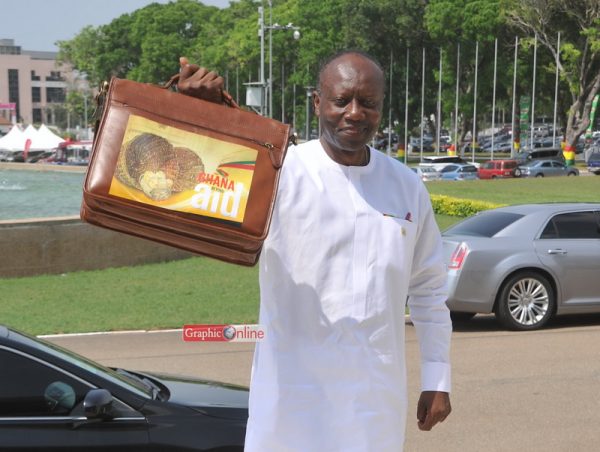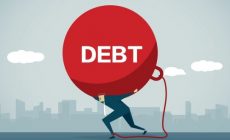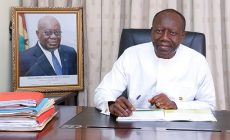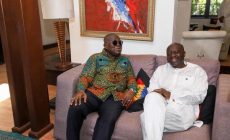Ghana’s public debt now GH¢137.2bn
- Posted on
- Comment
 Latest figures from the Bank of Ghana (BoG) show that the country’s total debt stock as at the end of May this year stood at GH¢137.2 billion.
Latest figures from the Bank of Ghana (BoG) show that the country’s total debt stock as at the end of May this year stood at GH¢137.2 billion.
Governor of the Bank of Ghana (BoG), Dr. Ernest Addison, who disclosed this yesterday at a press conference by Monetary Policy Committee (MPC) in Accra, said Ghana’s debt stock increased by GH¢9.4 billion in three months from GH¢127.8 billion to GH¢137.2 billion.
Per the latest figure, the country’s debt-to-GDP ratio is now 67.5 percent, with GH¢63.9 billion being domestic debt.
The external component of the debt stood at GH¢73.3 billion, according to Dr. Addison.
In the same period last year, GH¢105 billion was recorded.
According to Dr Addison, the increase in the debt stock was on account of issuance of long-dated domestic bonds in line with government’s debt management strategy of re-profiling the public debt.
Dr. Addison indicated that Ghana’s external position at the end of June 2017 improved in line with medium-term macroeconomic fundamentals.
Developments in the trade account over the first half of 2017, he said, reflected higher export receipts arising from increased production volumes in gold, cocoa and crude oil.
Trade surplus
He also said the recovery in exports, combined with declining imports, resulted in an estimated trade surplus of 3.1 percent of Gross Domestic Product (GDP) compared with a trade deficit of 3.3 percent recorded last year.
“Provisional estimates of the balance of payments for the first quarter of 2017 indicated a current account surplus of $317 million (0.7 percent of GDP), a turnaround from the current account deficit of $577 million (1.4 percent of GDP) in the same period of 2016,” he said.
He however stated that the capital and financial account recorded a net outflow of $523 million (1.1 percent of GDP) due to lower official inflows which offset the current account surplus.
“These developments resulted in a slightly improved overall balance of payments deficit of $390 million (0.8 percent of GDP) compared with the deficit of $449 million (1.1 percent of GDP) a year ago,” he added.
By Melvin Tarlue










 (Selorm) |
(Selorm) |  (Nana Kwesi)
(Nana Kwesi)